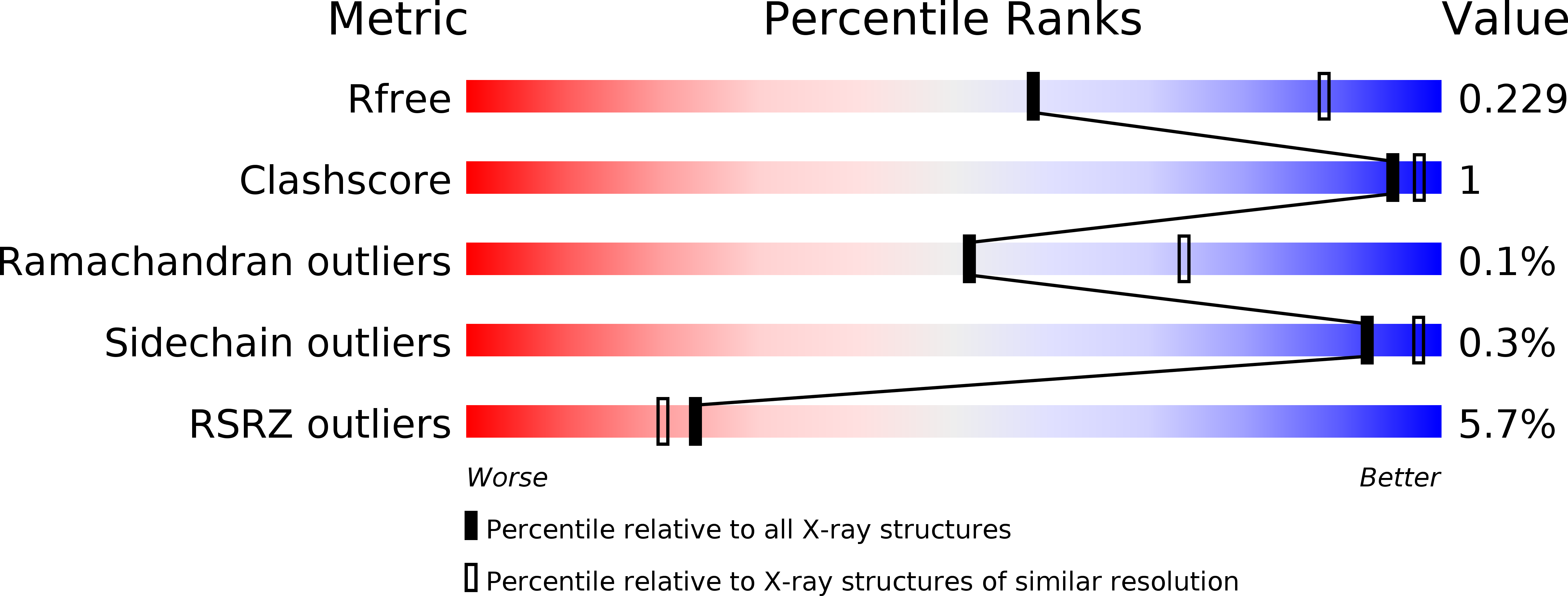
Deposition Date
2018-02-08
Release Date
2018-07-04
Last Version Date
2024-04-03
Entry Detail
PDB ID:
6CDD
Keywords:
Title:
Npl4 zinc finger and MPN domains (Chaetomium thermophilum)
Biological Source:
Source Organism:
Host Organism:
Method Details:
Experimental Method:
Resolution:
2.58 Å
R-Value Free:
0.22
R-Value Work:
0.19
R-Value Observed:
0.19
Space Group:
P 1 21 1


